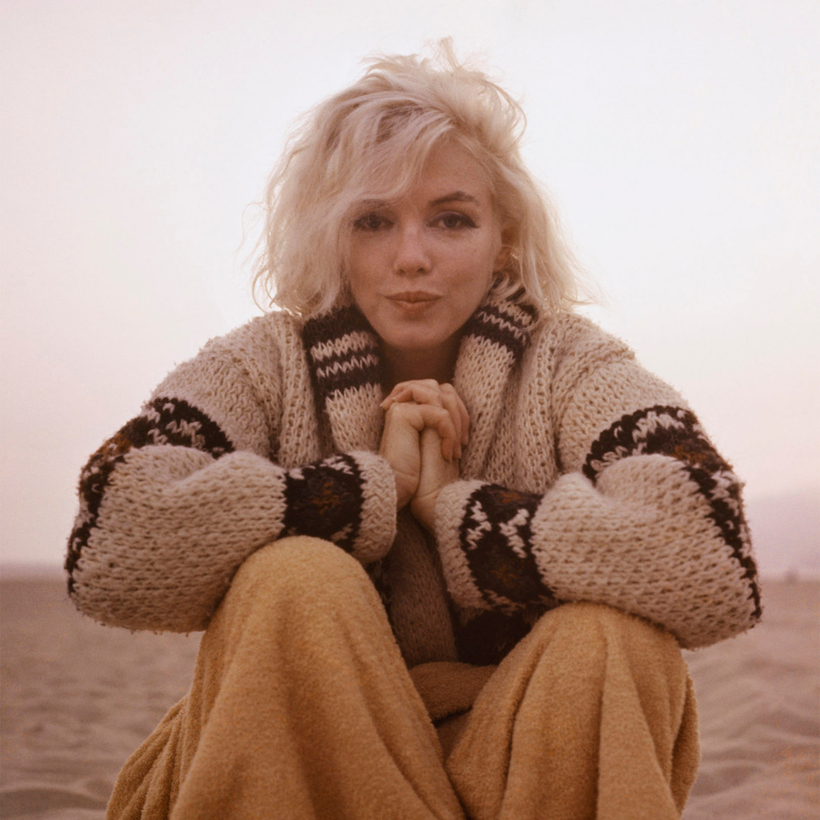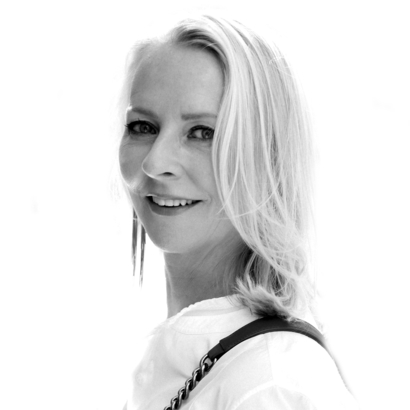In a bungalow a few blocks east of some of the finest surfing in Newport Beach, Wende Zomnir is attempting to capture Southern California in a bottle. Actually, a “tottle” (squat bottle, tube-like opening).
It’s a bit of a pivot for someone who made her name with a heavier hand. In the mid-90s, when she was living in an illegal loft apartment by the El in Chicago, Zomnir helped turn that gritty aesthetic into Urban Decay, a makeup company that became a wild success and was acquired by L’Oréal in 2012 for an estimated $300 to $400 million.
Urban Decay was a form of rebellion through makeup. It started with lipsticks and nail polishes in stomach-churning shades of green (called Mildew), brown (Roach), and purple (Plague).
But what turned it into a hit was something almost remarkably conventional: brown and beige eye shadows packaged 12 to a tin that look like one of those oversize Hershey’s bars you buy at duty-free. The launch of each new Naked Palette caused a rush of excitement, often selling out moments after hitting the shelves. In its heyday, around 2010, one Naked Palette was sold every five seconds.

Zomnir’s face in the Urban Decay days was piled to the hilt with makeup. Excess was always her thing. At 13 years old, she was sent home from school for wearing too much; at 16, even her parish priest suggested she take it down a notch. I remember her in a meeting wearing an impressive lashing of sparkly purple eye shadow.
In a pinch when traveling, she says, she’s removed her makeup with room-service butter. That’s a whole lot of butter. She also told me she’s a wizard in the dark art of retouching her photos with the Facetune app.
Now Zomnir is scrubbed clean, other than a big black patch on her forearm that turns out to be mascara, painted there for a video tutorial about its removal. She’s now so clean, she’s showing others how to get clean. In both senses of the word.
“I got tired of wearing all that makeup,” she says. One of the many mottos of her new line, Caliray, is “Less makeup, more living.”
Zomnir may be the Zelig of cosmetics. She met her co-founder, Jenna Dover, playing beach volleyball. She set up her office in that bungalow, where the walls are lime green, the storage closet hides behind a macramé curtain, the refrigerator is filled with Flying Embers hard kombucha, and the garage doubles as a CrossFit gym. It feels like a surf shack for someone with an interior-design budget and a full-time housekeeper.
Can the essence of a place be distilled and sold on the shelves of Sephora? That’s part of the mission of Caliray. The other part is to turn sustainability into desirability. Zomnir calls it “sexy sustainability.”
“Honestly, I created a lot of trash at Urban Decay,” Zomnir says. By that she means unrecyclable plastic containers with metallic decoration, among other sins. But now she’s ready to repent. Where’s that parish priest when you need him?
Zomnir may be the Zelig of cosmetics.
All of the Caliray packages are recyclable, but each differs in its percentage of upcycled ocean plastic. They all come in recycled paper cartons. Right now, the line is deliberately narrow. The biggest hit is a mascara called Come Hell or High Water, with a pigment that forms tubes around each lash to make it smudge-proof and water-resistant; in other words, you can surf in it, but probably not in 100-foot waves. A lip gloss with moisturizers and peptides, Glazed & Infused, is lightweight and, pleasantly, neither sticky nor slippery.

There’s an eye-lining pencil that’s waterproof, silicone-free, and wrapped in a sugarcane barrel. The sheer tinted moisturizer, Free Dreaming, is nearly imperceptible on the skin. And there are the requisite candles with the requisite risqué names, none of them suggesting Gwyneth Paltrow’s vagina. Soon, Zomnir plans to edge her way into the wellness space with nutritional products. She showed me one but asked me not to reveal any details.
Caliray, with a faded rainbow on its cartons, isn’t the first to try to commercialize the romance of Southern California’s surf culture. It worked for the Endless Summer poster, the shawl neck sweater wrapped around Marilyn Monroe, the Baja hoodies on Spicoli at Ridgemont High, and the sweats by FreeCity, silk-screened by hand and deliberately beaten up. The look is a little stoner, a little blurry, bleached, frayed.
Lisa Eisner, the jewelry designer who makes a necklace, bracelet, and earrings that spell out the state’s name in groovy bronze lettering, describes California style as “comfy.” “It’s 70s, the rainbow, car culture, the ocean, shorts,” she says.
It’s a nostalgic idea of a place bathed in youth, a world away from that other California, Silicon Valley, where the vitamin-D deficiency is real. In Caliray, you can almost feel the barefoot, salt-streaked, golden-hour glow in every item. It’s a vibe.
Linda Wells spent 25 years as Allure magazine’s founding editor in chief, served as Revlon’s chief creative officer, and currently consults and sits on the boards of several beauty and apparel companies


